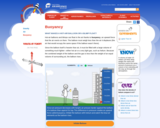
Learn how bouyancy makes a hot air balloon or blimp float.
- Subject:
- Physical Science
- Material Type:
- Activity/Lab
- Provider:
- National Air and Space Museum
- Author:
- National Air and Space Museum
- Date Added:
- 09/14/2022

Learn how bouyancy makes a hot air balloon or blimp float.
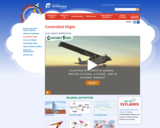
Learn more about controlled flight with several activities.
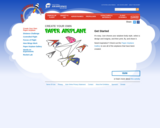
Create Your Own Paper Airplane
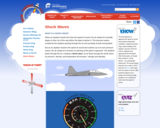
Learn how shock waves are generated as aircraft fly close to the speed of sound.
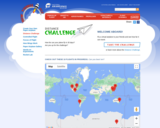
Fly a virtual airplane to your friends and see how far it can travel.
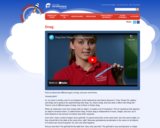
Find out about two different types of drag: pressure and friction.
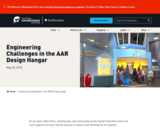
Do you have coffee filters, masking tape, and some bendy straws handy? Grab those and a few more supplies from your kitchen and you're ready to start thinking like an engineer.

Design and fly your own airplane

What do falling down an elevator shaft and orbiting Earth have in common? Try these experiments to find out.
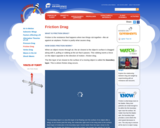
What is friction drag?

Gravity is the main force to be dealt with in space, and thrust is the force that allows a spacecraft to get into space and maneuver.
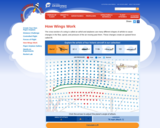
A higher lift to drag ratio is a major goal of wing design. Can you find the best lift drag ratio for this plane? Adjust the angle of attack and watch the dots of air flow past the airfoil.
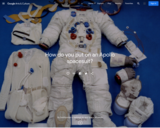
So how do you put on a spacesuit? Very carefully! Even in the case of custom-made suits from the Apollo era.
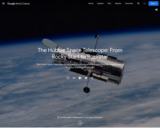
The Hubble Space Telescope has provided us with remarkable insights into our universe, but its start was anything but smooth.
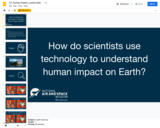
Students will identify human impact on Earth in various locations using images taken by remote sensing technology.
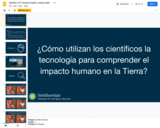
Students will identify human impact on Earth in various locations using images taken by remote sensing technology. Delivered in Spanish
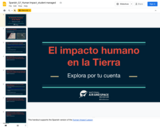
This Explore on Your Own activity, students will examine how human activities have impacted Earth. It Supports the Human Impact Lesson delivered in Spanish
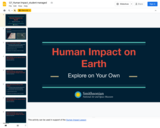
This Explore on Your Own activity, students will examine how human activities have impacted Earth. It Supports the Human Impact Lesson
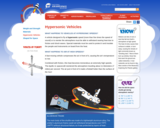
Learn about what happens to vehicles at hypersonic speeds and what happens to air at high speeds.
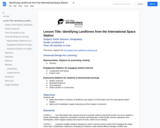
This lesson presents several images taken from the International Space Station and challenges students to identify the land forms and their locations on Earth.